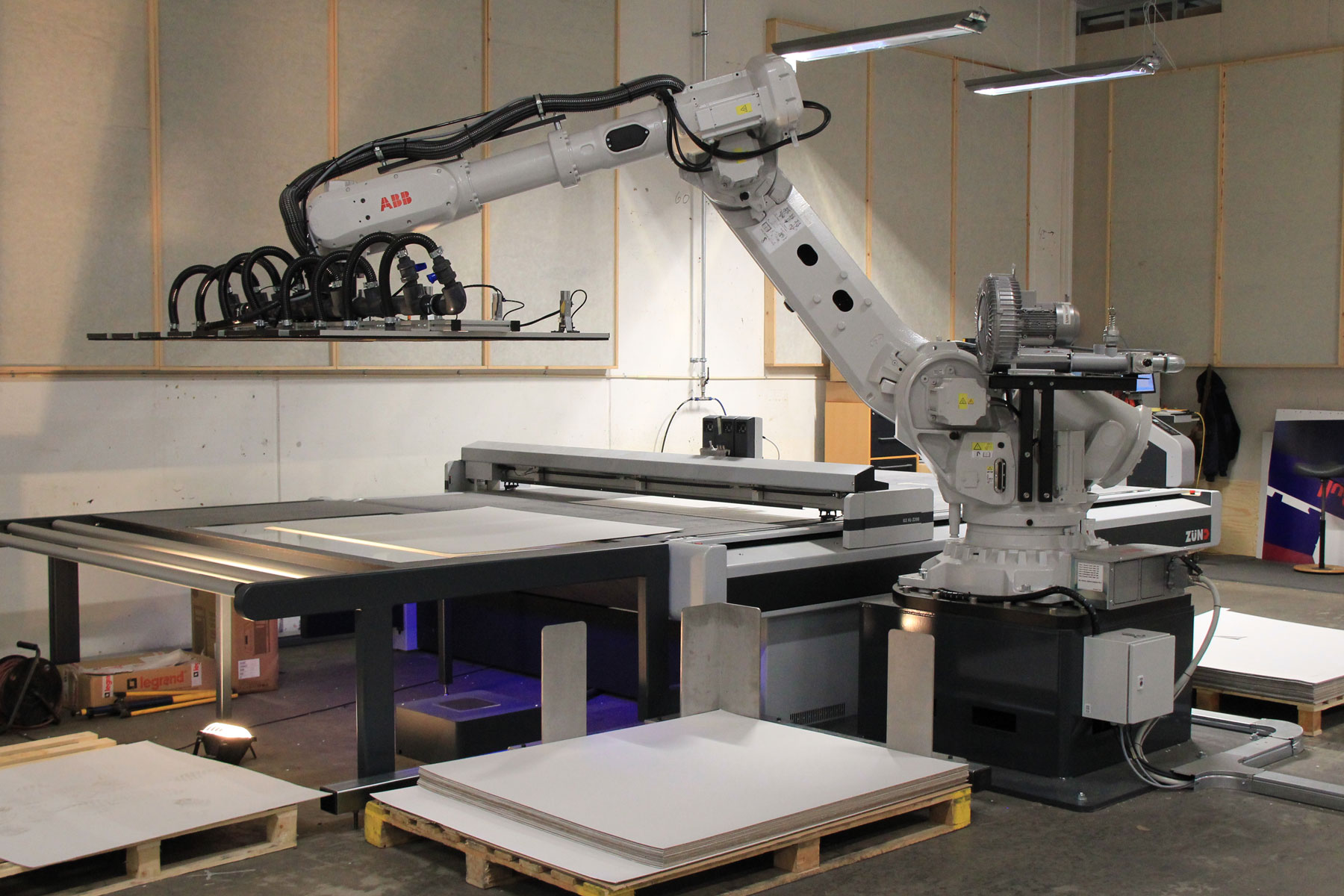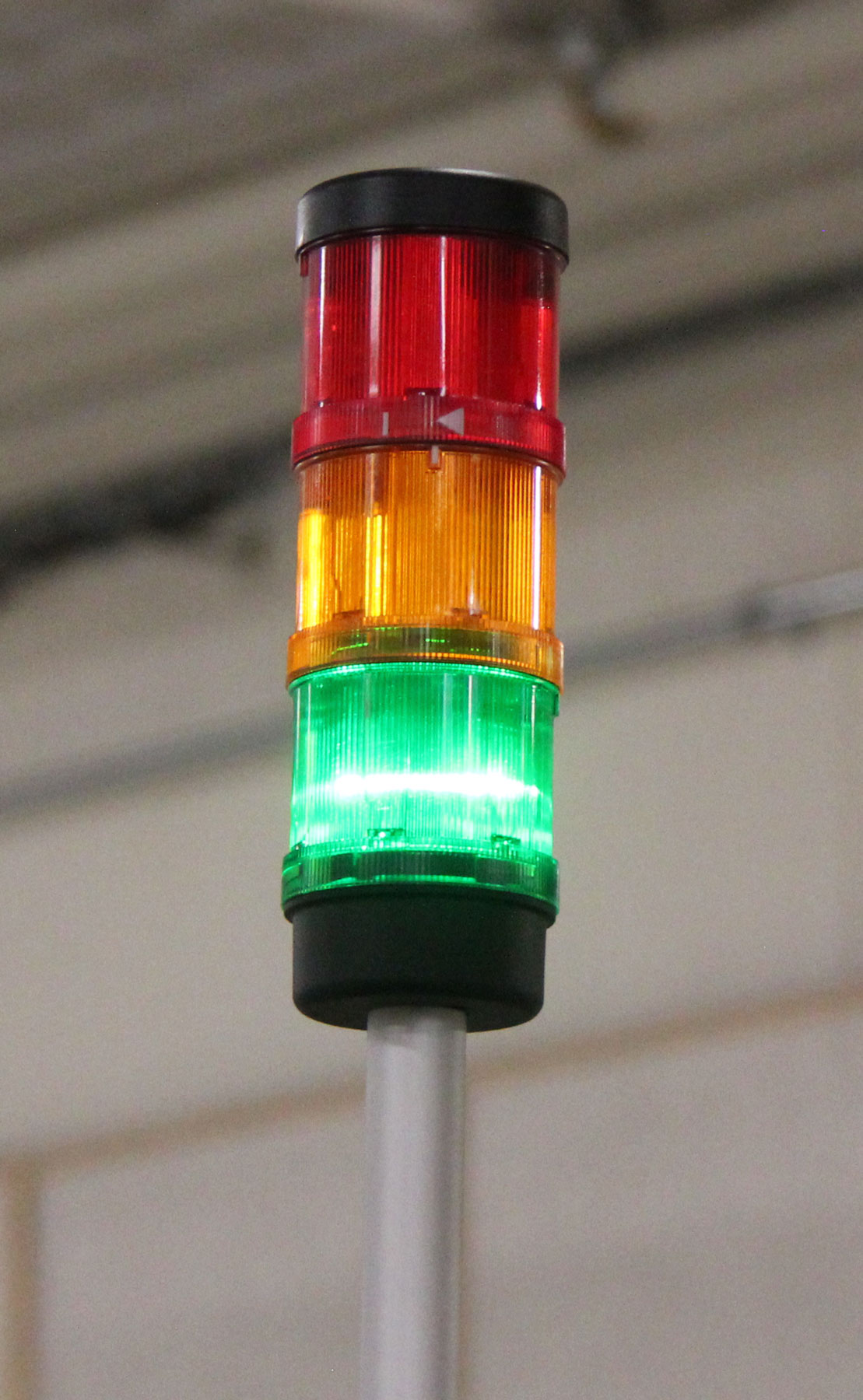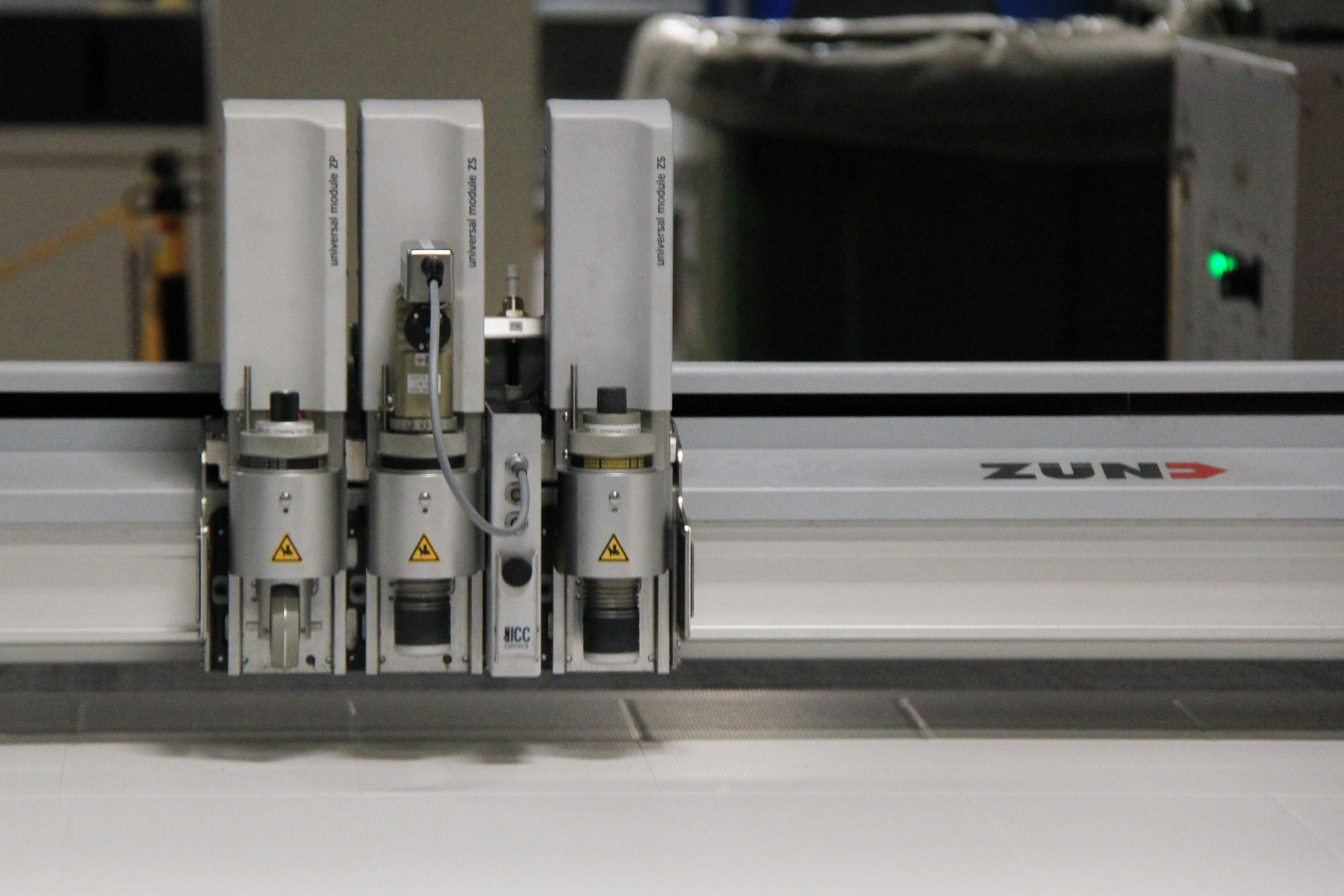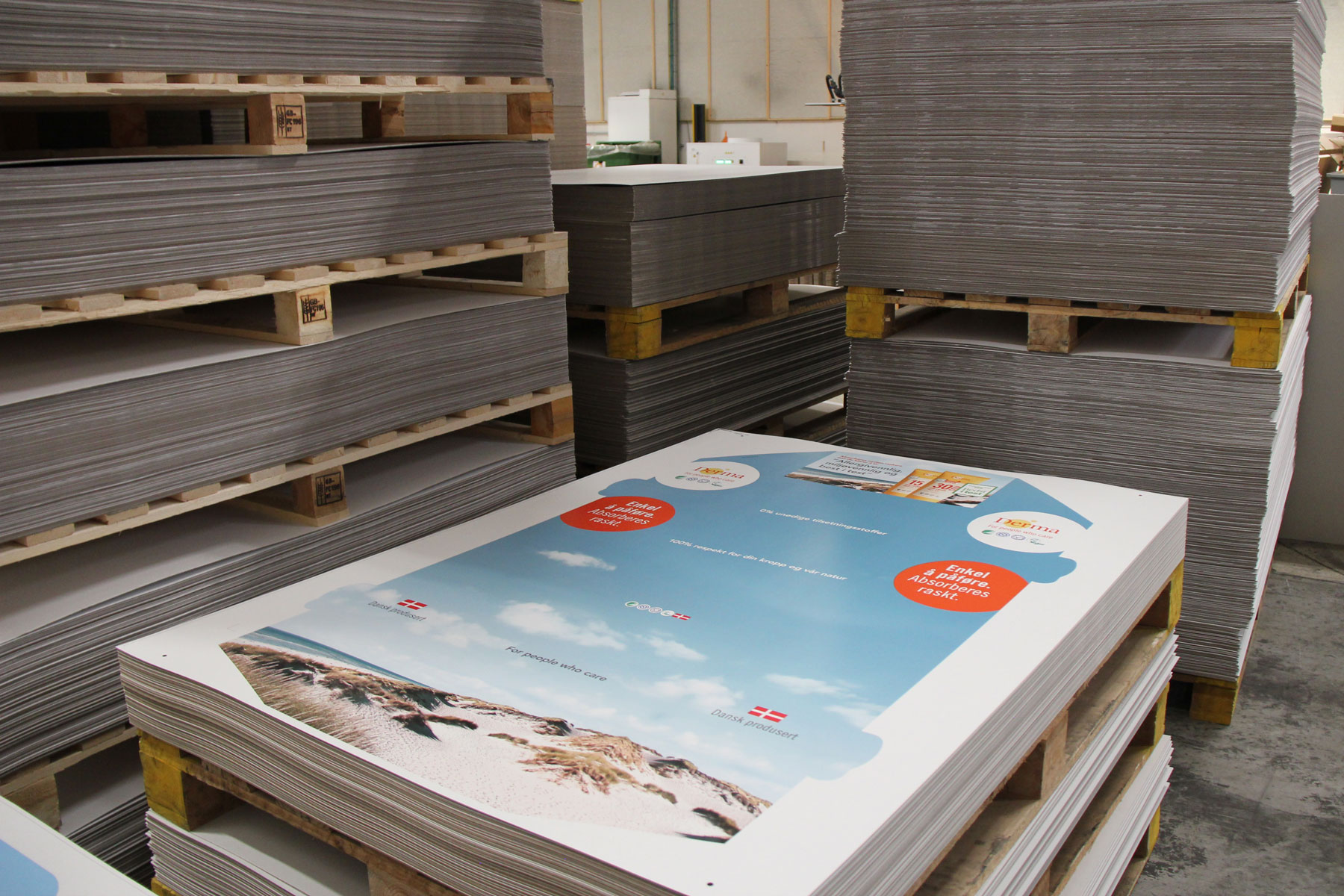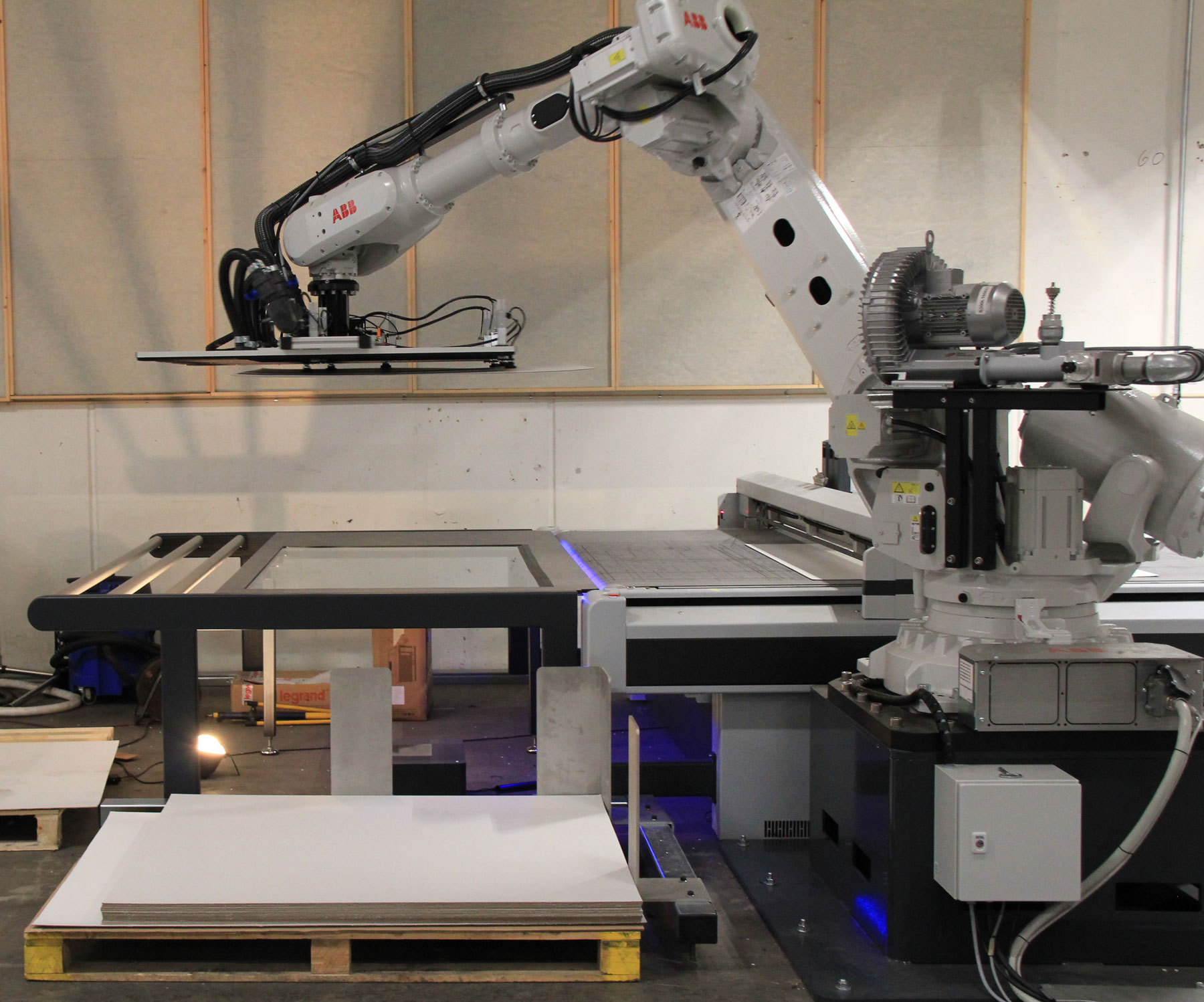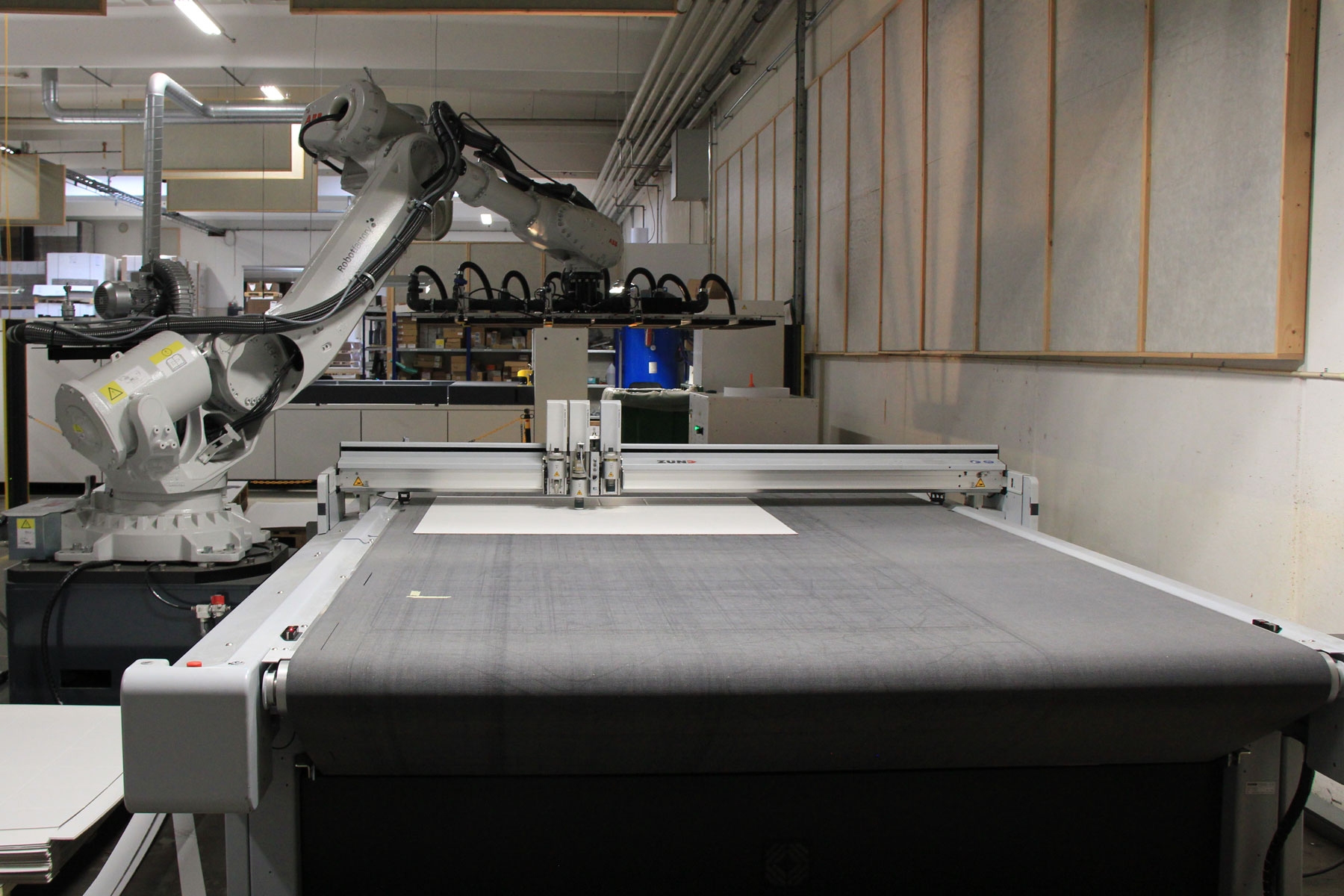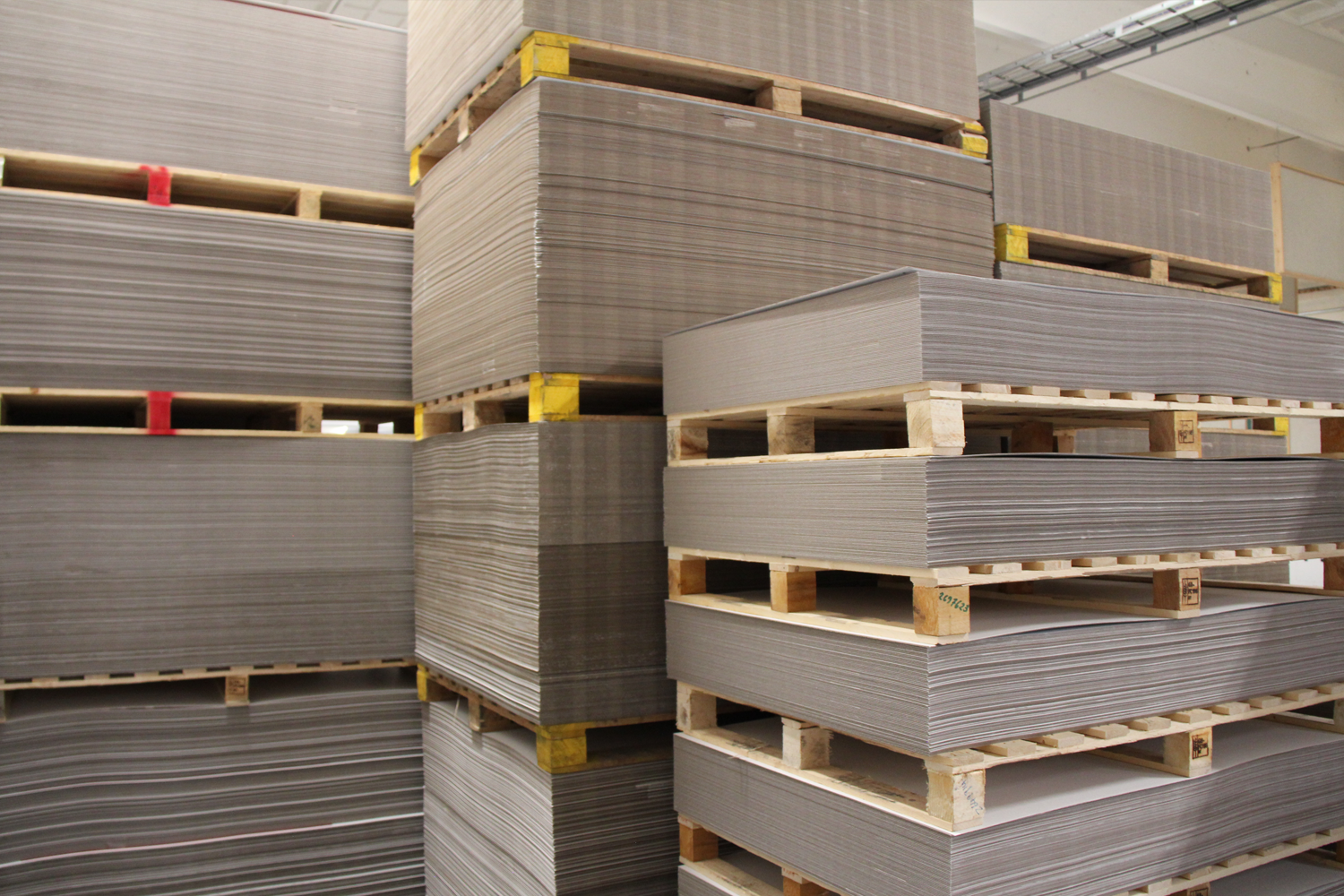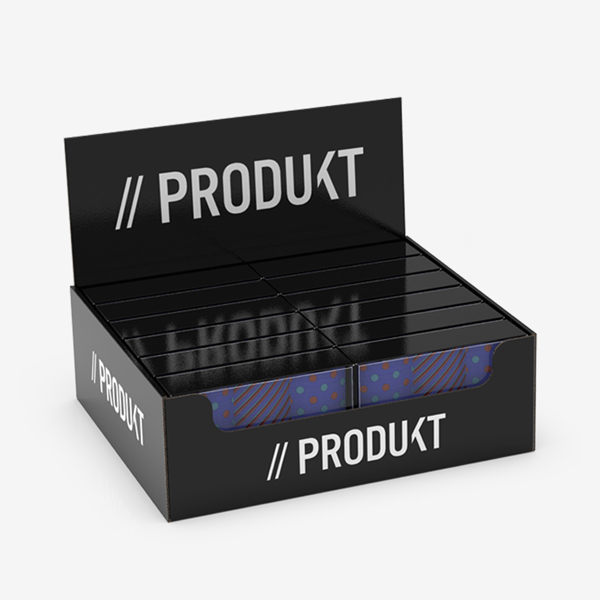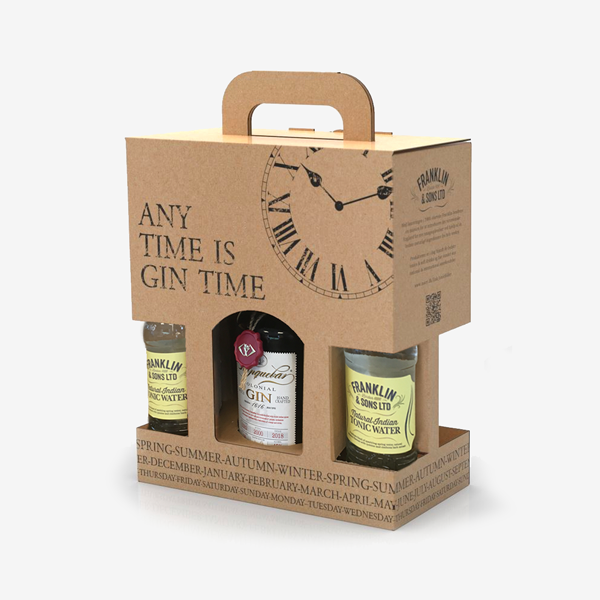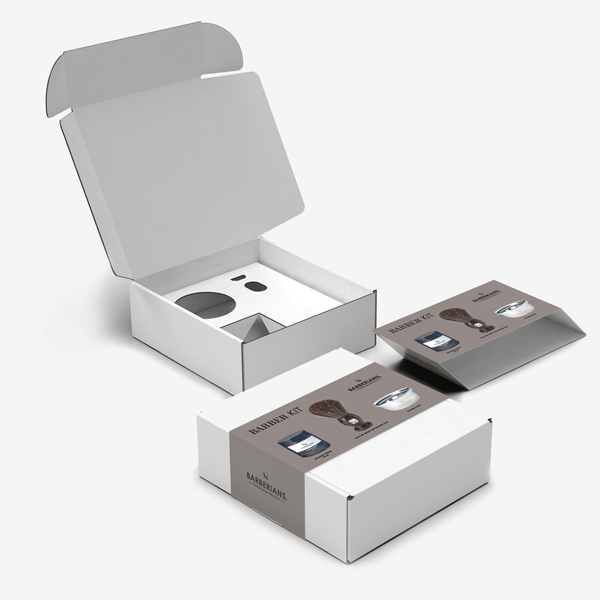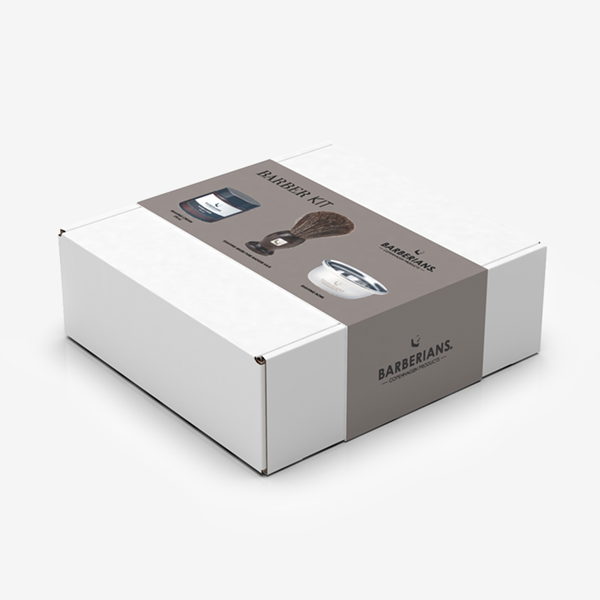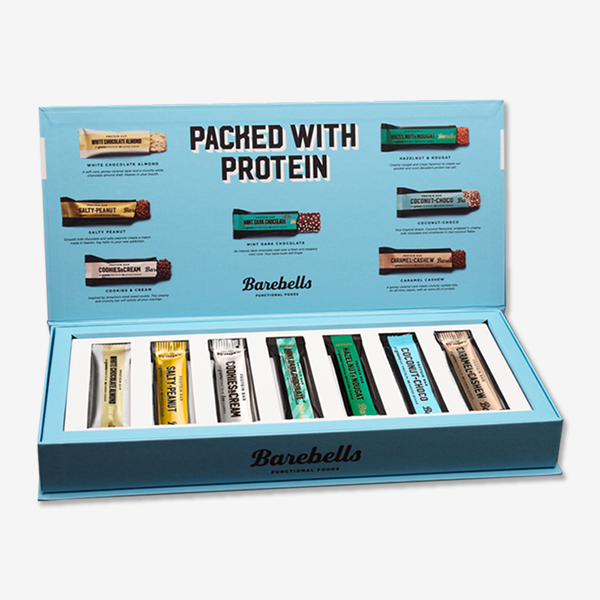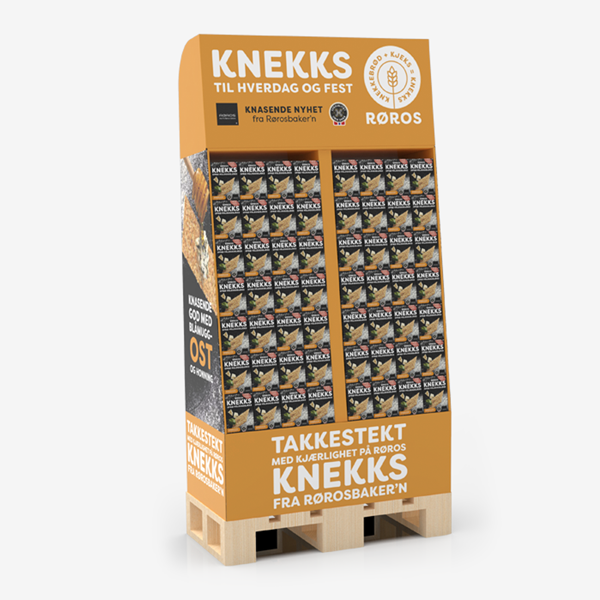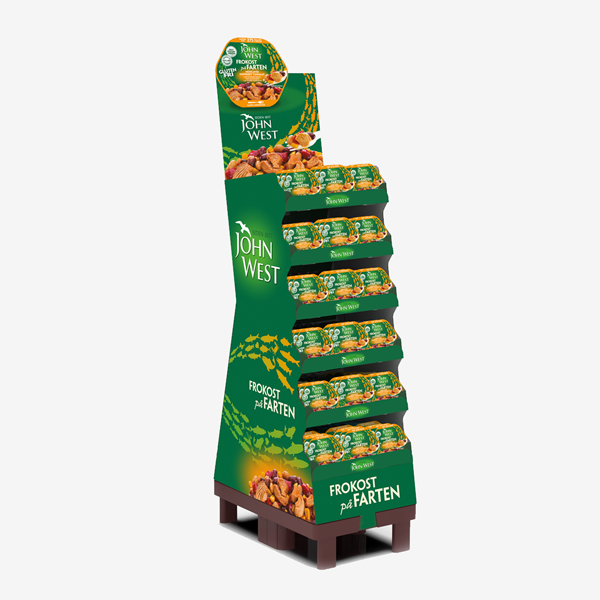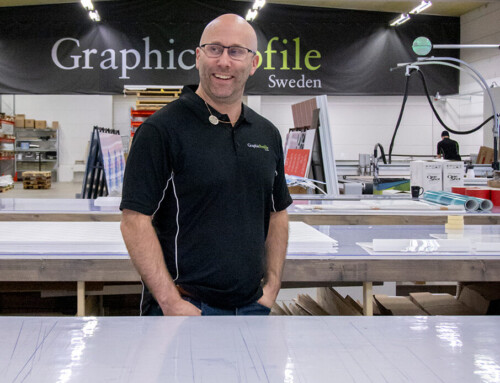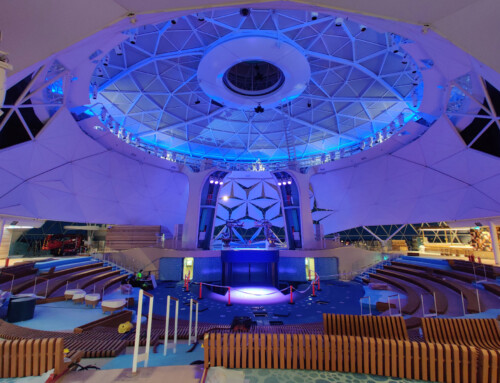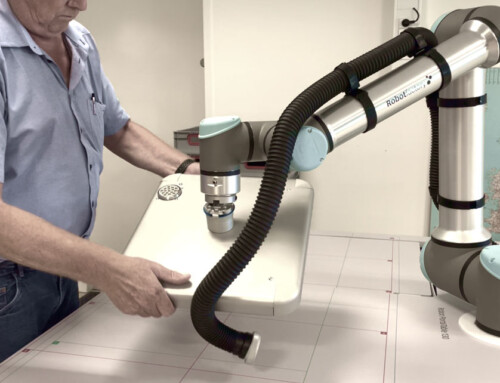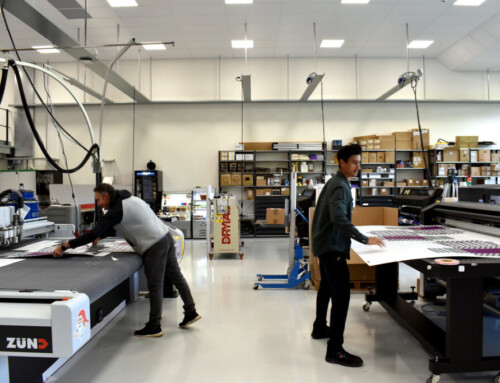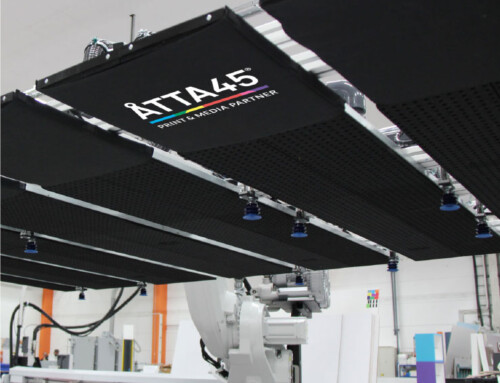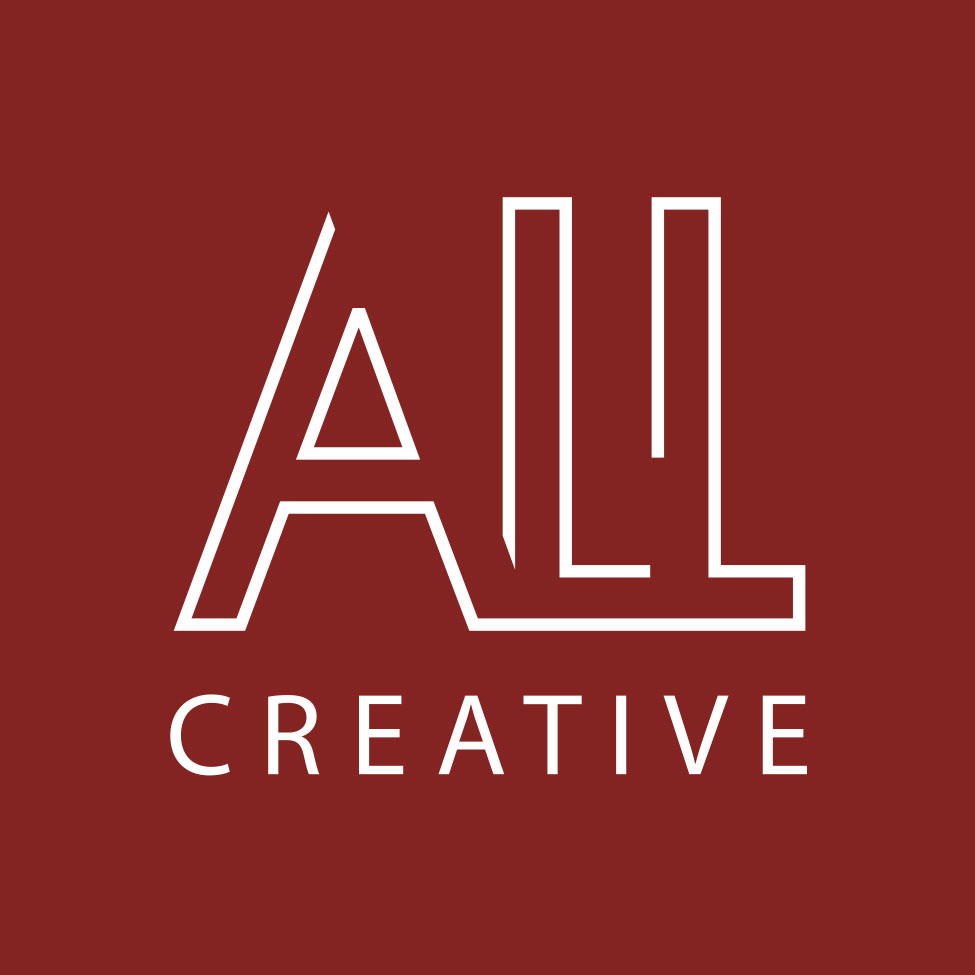
All Creative’s goal was to free the operator at their Zünd Cutter, so he could work on other jobs on multiple machines simultaneously. This achievement became reality by implementing a robot-based solution to automate their operations, benefiting both the worker on the shop floor and the company’s overall financial performance.
All Creative manufactures imaginative displays, packaging, and POS solutions for a diverse clientele. They operate production facilities in Vejle and Havndal, along with a sales office in Herlev. In their Vejle production site, they specialize in working with cardboard and corrugated paper, providing services such as digital printing, die-cutting, and digital cutting.
For smaller batches or one-time productions, as well as for very large sheets, they utilize their Zünd G3 XL-3200 digital cutting machine. It’s also employed to cut components for displays, among other uses.
The machine’s flexibility opens up numerous possibilities.

All Creative’s goal was to free the operator at their Zünd Cutter, so he could work on other jobs on multiple machines simultaneously. This achievement became reality by implementing a robot-based solution to automate their operations, benefiting both the worker on the shop floor and the company’s overall financial performance.
All Creative manufactures imaginative displays, packaging, and POS solutions for a diverse clientele. They operate production facilities in Vejle and Havndal, along with a sales office in Herlev. In their Vejle production site, they specialize in working with cardboard and corrugated paper, providing services such as digital printing, die-cutting, and digital cutting.
For smaller batches or one-time productions, as well as for very large sheets, they utilize their Zünd G3 XL-3200 digital cutting machine. It’s also employed to cut components for displays, among other uses.
The machine’s flexibility opens up numerous possibilities.
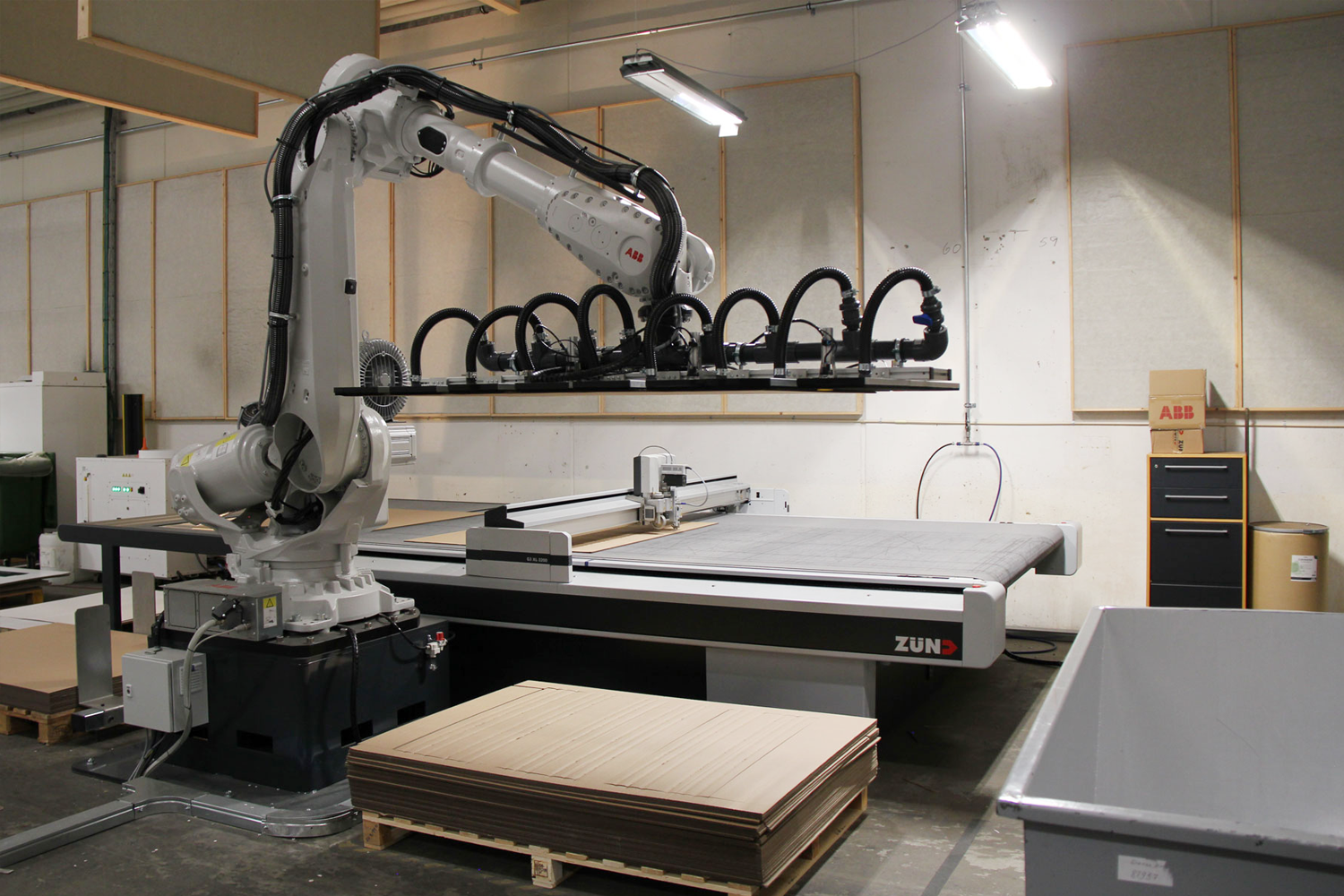
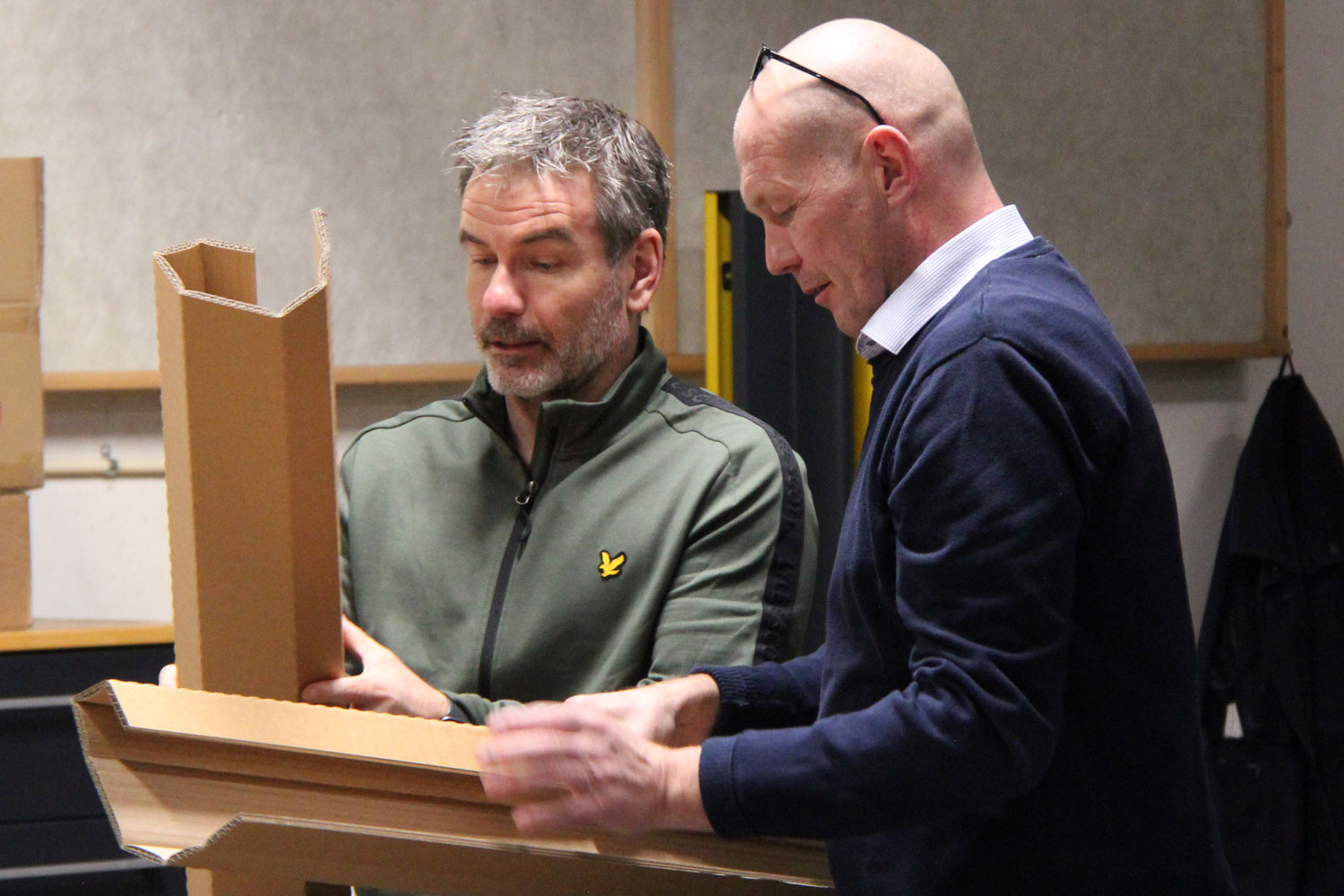
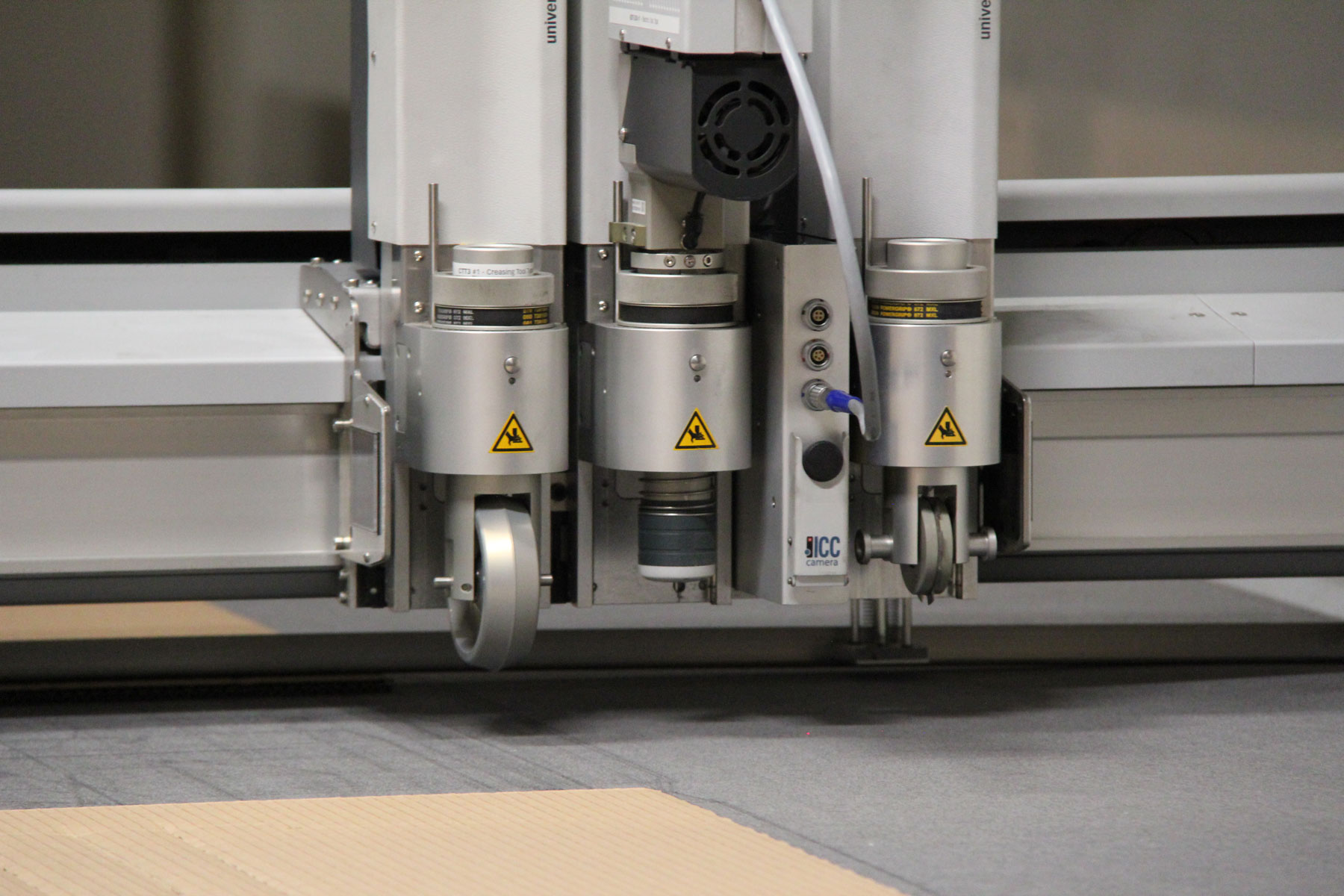
All Creative’s competitive edge lies in efficiency and excellent customer service
We’ve met with Production Manager and Partner Michael Andersen and Production Manager Jan Thisted to discuss automation, flexibility, and competitiveness.
“When did you decide to automate your production and why?”
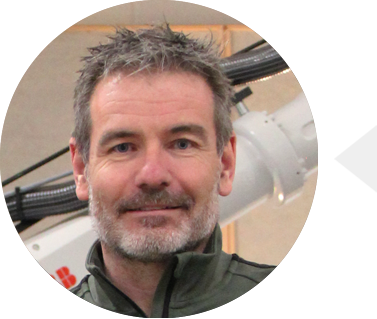
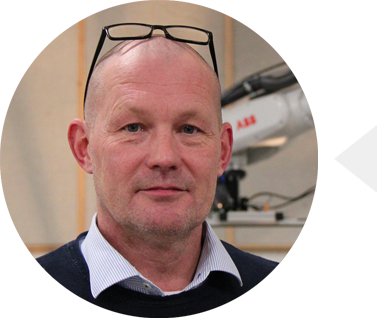
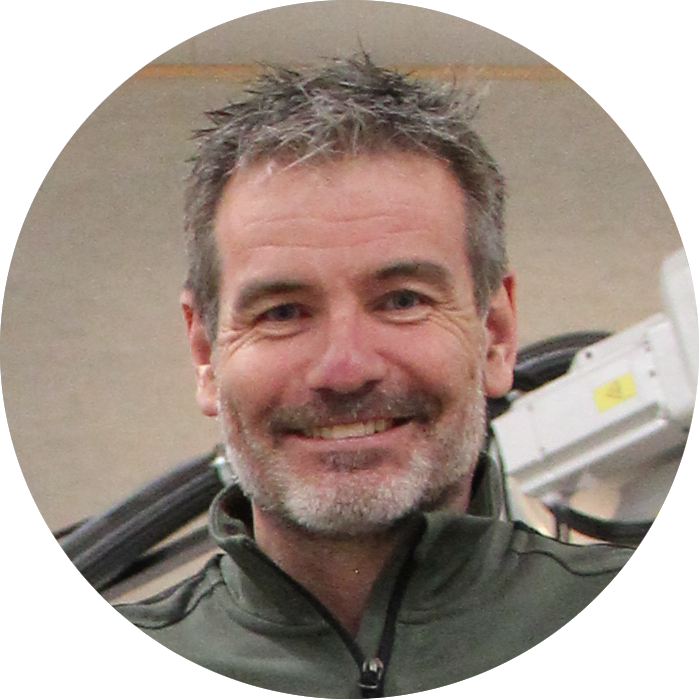

“Why did you choose Zünd?”




“The ABB robot was installed in January 2022.
The installation itself took around 3 days, following which the cutter could get back to work, this time with an automated companion.
In their Havndal facility, they have been using robot technology for 15 years, although on a smaller scale.
However, when it comes to the tasks assigned to the Vejle robot, it’s clear that “bigger” is unquestionably “better!”
“When do you expect full return on investment?”




“What difference does the robot make for your employees?”





